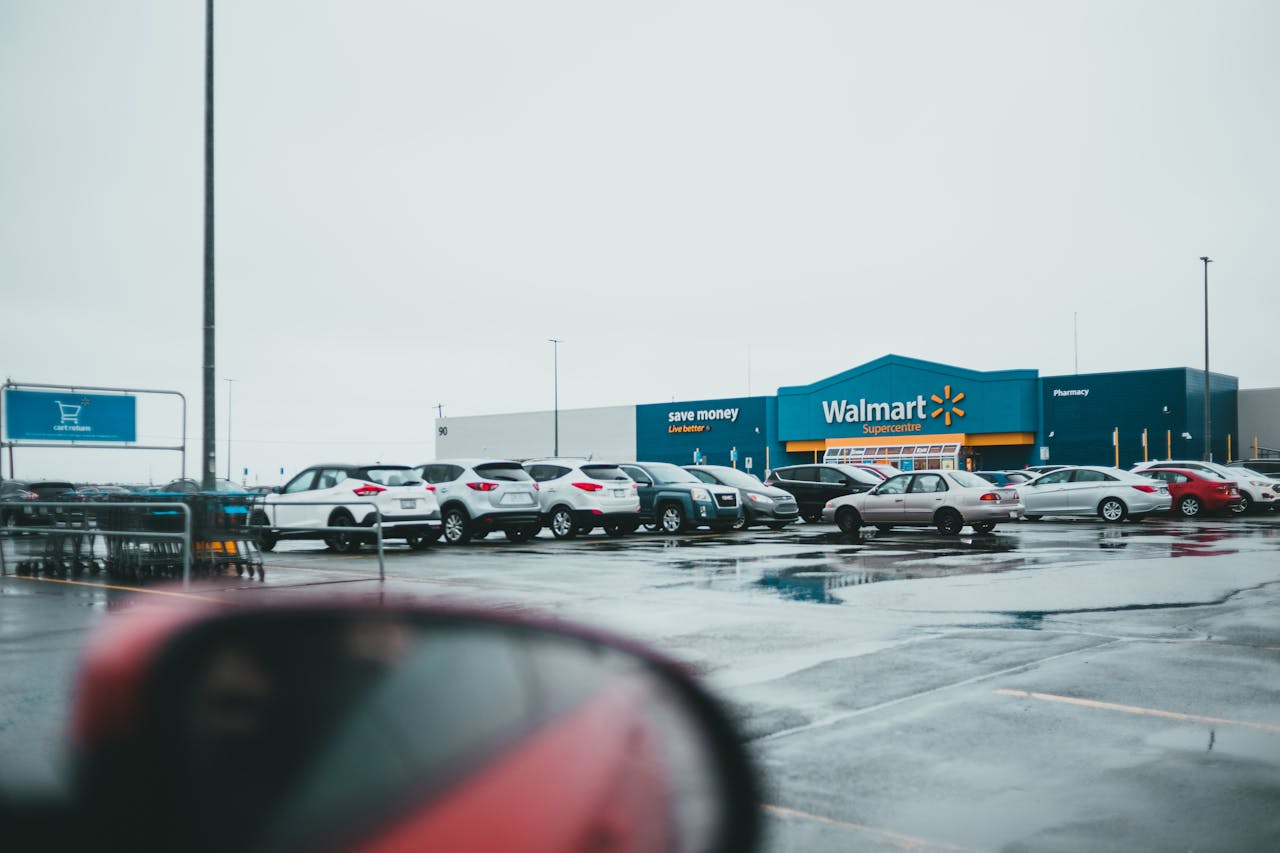From Bentonville to the World: How Walmart Became the World’s Largest Retailer
In 1962, a modest store opened in Rogers, Arkansas, with a simple promise: offer low prices every day. Few could have predicted that this unassuming store—founded by Sam Walton—would lay the foundation for a retail empire that would, decades later, reshape global commerce. As of 2025, Walmart boasts over 10,500 stores across 19 countries, with annual revenue exceeding $650 billion. Understanding how Walmart became the world’s largest retailer requires dissecting its innovations in logistics, aggressive pricing, and relentless scale.
The Early Years: Sam Walton’s Small-Town Advantage
Sam Walton’s retail philosophy was shaped by his belief that customers in rural America deserved the same pricing power as those in major cities. His first Walmart store in 1962 was strategically located in a small town with minimal competition but plenty of demand. This decision defied traditional retail logic, which prioritized metropolitan centers.
By 1970, Walmart had 38 stores and went public, raising capital to scale rapidly. Walton reinvested heavily in logistics and distribution, seeing infrastructure as the secret weapon to support low prices. Instead of relying on third-party vendors, Walmart began building its own network of warehouses and trucking fleets.
Logistics as a Competitive Weapon
Walmart’s rise was deeply rooted in its mastery of supply chain efficiency. It pioneered the use of early computer systems for inventory management, which allowed real-time tracking and restocking long before competitors could match it. By the 1980s, Walmart was investing in satellite communications to connect its stores, headquarters, and suppliers—an unheard-of move in retail at the time.
The introduction of cross-docking warehouses—a technique where products are directly transferred from inbound to outbound trucks—reduced storage time and cut costs dramatically. These logistics innovations enabled Walmart to maintain its “Everyday Low Price” (EDLP) strategy while growing at breakneck speed.
Entering the Big Leagues: Surpassing Sears and Kmart
By the 1990s, Walmart overtook Sears and Kmart to become the largest retailer in the U.S. It expanded into groceries with the Supercenter model, combining discount retail with full supermarkets. This move disrupted not just general merchandise competitors but also traditional grocers.
In 1997, Walmart became the largest private employer in the United States. It was added to the Dow Jones Industrial Average in 1997, signaling its rise as a corporate titan. By 2002, it had become the world’s largest company by revenue, a position it still holds in 2025.
| Year | Key Milestone |
|---|---|
| 1962 | First store opens in Arkansas |
| 1970 | Walmart goes public |
| 1983 | Sam’s Club launched |
| 1988 | First Supercenter opens |
| 2002 | Becomes world’s largest company by revenue |
| 2016 | Acquires Jet.com to bolster e-commerce |
| 2021 | Invests heavily in automation and AI supply chain |
| 2025 | 10,500+ stores globally, $650B+ in revenue |
Global Expansion and Strategic Missteps
Walmart’s foray into international markets began in 1991, with varying results. Its acquisition of the UK’s Asda was initially successful but was later sold after market challenges. In Germany and South Korea, Walmart struggled to adapt to local consumer habits and eventually exited. However, in Mexico (Walmart de México y Centroamérica), Chile, and China, it found more stable ground.
Walmart’s acquisition of Flipkart in India in 2018 signaled a strategic pivot toward e-commerce and emerging markets. In 2025, India and Mexico remain two of its fastest-growing markets.
Digital Transformation and the E-Commerce Challenge
Walmart was slower than Amazon in embracing e-commerce, but it has caught up significantly in recent years. By 2025, Walmart.com is the second-largest e-commerce platform in the U.S., thanks to investments in micro-fulfillment centers, same-day delivery, and third-party marketplace sellers.
The company has also embraced AI-powered inventory optimization, cashierless stores, and data-driven personalization through its Walmart+ subscription service. As retail becomes increasingly digital, Walmart’s ability to blend physical and online operations is becoming a core strength.
Social Impact and Controversies
Walmart’s history isn’t without criticism. From labor practices and low wages to its impact on small businesses and suppliers, the retailer has faced numerous challenges to its reputation. In recent years, however, it has taken steps to improve sustainability, raise hourly wages, and increase diversity in leadership roles.
In 2025, Walmart has committed to achieving zero emissions across its global operations by 2040, investing in renewable energy and electric delivery fleets.
How Walmart Stacks Up Against Competitors in 2025
| Company | 2025 Revenue (Estimate) | E-commerce Share | Global Stores |
|---|---|---|---|
| Walmart | $655B | ~20% | 10,500+ |
| Amazon | $635B | ~60% | N/A (Online) |
| Costco | $272B | ~12% | 890 |
| Aldi (Global) | $130B | <5% | 12,000+ |
FAQ
Q: Why did Walmart succeed in rural America where others failed?
A: Walmart built its model around underserved markets, offering low prices with efficient logistics that others ignored.
Q: Has Walmart surpassed Amazon in e-commerce?
A: Not yet, but Walmart is closing the gap rapidly with aggressive online growth and infrastructure investment.
Q: Is Walmart still growing in 2025?
A: Yes. While U.S. growth is steady, international markets like India and Mexico are fueling expansion.
You May Like
- How Tesla Disrupted the Global Auto Industry in Just 10 Years
- How Google Built Its AI and Search Engine Duopoly
- Amazon Growth Strategy: AI, E-Commerce & Logistics in 2025
Encourage Engagement
If you found Walmart’s growth journey insightful, share this article or drop your thoughts in the comments below. Which part of Walmart’s strategy impressed you most?



